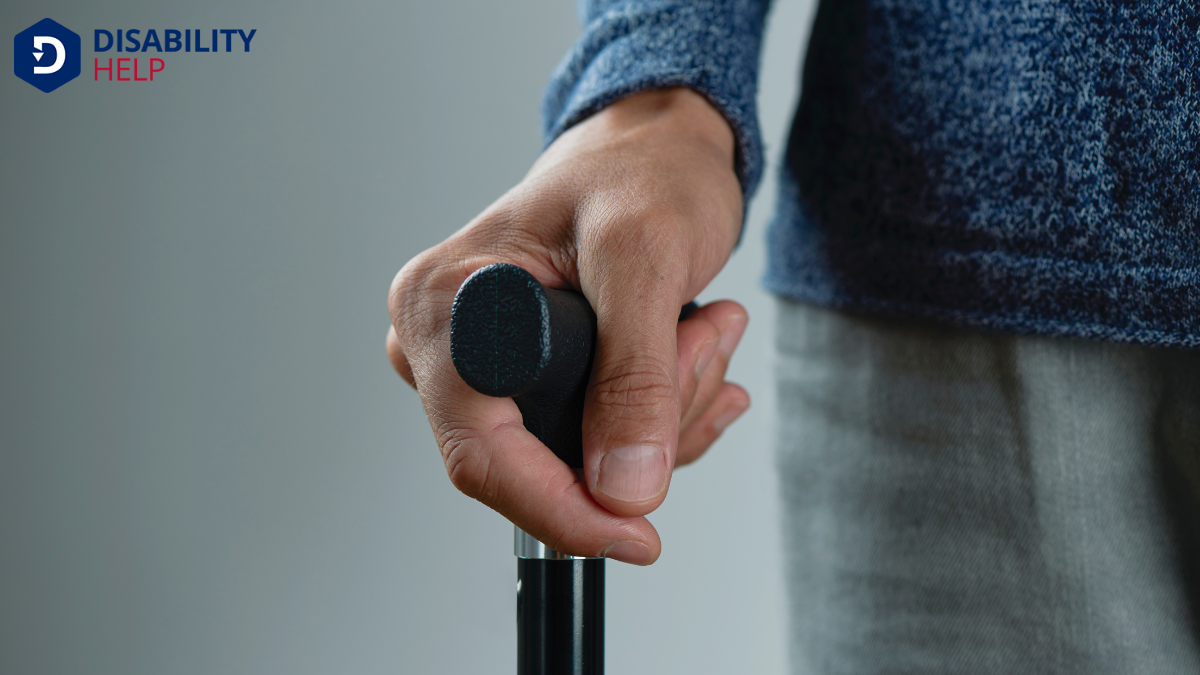Let’s explore the fascinating world of assistive technology, which empowers individuals with special needsA term used to describe individuals who require additional support due to physical, learning, or emo.... We’ll look at four key types: speech-generating devices that turn text into speech, mobility aidsDevices designed to help individuals move around more easily, such as canes, walkers, or wheelchairs... like wheelchairs that enhance movement, hearing assistance technology such as hearing aids, and visual tools like screen readers. How do these innovations transform lives, and what makes each unique? Let’s find out together.
Key Takeaways
- Speech-generating devices convert text or symbols into spoken words for individuals with speech impairments.
- Mobility aids like wheelchairs and scooters enhance independence in movement for people with mobility challenges.
- Hearing assistance technology, including hearing aids and cochlear implants, improves auditory communication for those with hearing impairments.
- Visual assistance tools such as screen readers and magnification devices support individuals with visual impairments.
- Assistive technology promotes autonomy and improves quality of life for individuals with diverse special needs.
Speech-Generating Devices
Speech-generating devices (SGDs), often referred to as voice output communication aids, play an essential role in empowering individuals with speech impairments. They bridge communication gaps, allowing users to express themselves more freely and engage with others.
We recognize that these devices are fundamental for fostering independence and enhancing quality of life. By converting text or symbols into spoken words, SGDs enable us to participate in conversations we might otherwise miss.
These devices come in various forms, from simple button-based systems to advanced tablets with customizable voices. We can select SGDs tailored to our specific needs, whether for daily interaction or more complex communication.
With technology continually advancing, SGDs are becoming more intuitive and accessible, ensuring everyone has a voice.
Mobility Aids

When it comes to maneuvering our world, mobility aids are essential for enhancing independence and improving the quality of life for those with physical challenges. They come in various forms, each designed to meet specific needs and preferences.
Wheelchairs, both manual and powered, offer individuals the freedom to move around effortlessly. Canes and walkers provide balance and support, making everyday tasks safer and more manageable. For those with limited leg functionality, mobility scooters deliver a comfortable and efficient way to travel longer distances.
We might also consider the impact of stairlifts and ramps, which remove barriers in multi-level environments. These technologies not only help us navigate physical spaces but also empower us to engage with our surroundings more fully, fostering a sense of autonomy and confidence.
Hearing Assistance Technology
Although hearing lossPartial or total inability to hear sounds in one or both ears. can present significant challenges, hearing assistance technology has transformed how we experience sound and communicate. Many of us rely on these innovations to bridge gaps and enhance our daily interactions.
Let's explore three key technologies:
- Hearing Aids: These are small electronic devices that amplify sound. They're worn in or behind the ear, making it easier to understand speech and hear environmental sounds.
- Cochlear Implants: Unlike hearing aids, these devices bypass damaged parts of the ear and directly stimulate the auditory nerve. They're beneficial for individuals with severe hearing loss.
- Assistive Listening Devices (ALDs): These systems improve the signal-to-noise ratio by bringing sound directly to the listener. They’re ideal in noisy environments, like theaters or classrooms, providing clearer audio.
Visual Assistance Tools
Maneuvering the world with visual impairments can be challenging, but several innovative visual assistance tools are transforming lives.
Let's explore some of these remarkable aids. Screen readers convert text to speech, allowing us to navigate computers and smartphones effectively. They’re essential for accessing digital content effortlessly.
Magnification devices, like electronic magnifiers, enlarge printed text and images, helping us read books, labels, and more with ease.
For outdoor independence, GPS-based navigation apps offer audio directions tailored for visually impaired users, making travel safer and more accessible.
Also, smart glasses or wearable cameras provide real-time audio descriptions of surroundings, enhancing spatial awareness.
These tools empower us, breaking barriers and offering greater autonomy in our daily lives.
Let’s embrace the technology available to us.
Conclusion
In exploring assistive technology, we've identified four key types that enhance the lives of individuals with special needs. Speech-generating devices give a voice to those with speech impairments, fostering communication. Mobility aids like wheelchairs empower movement and independence. Hearing assistance technology, such as hearing aids, enriches auditory experiences for those with hearing challenges. Finally, visual assistance tools aid navigation for people with visual impairments. Together, these technologies transform daily life, promoting inclusivity and accessibilityThe design of products, devices, services, or environments to be usable by people with disabilities.....






